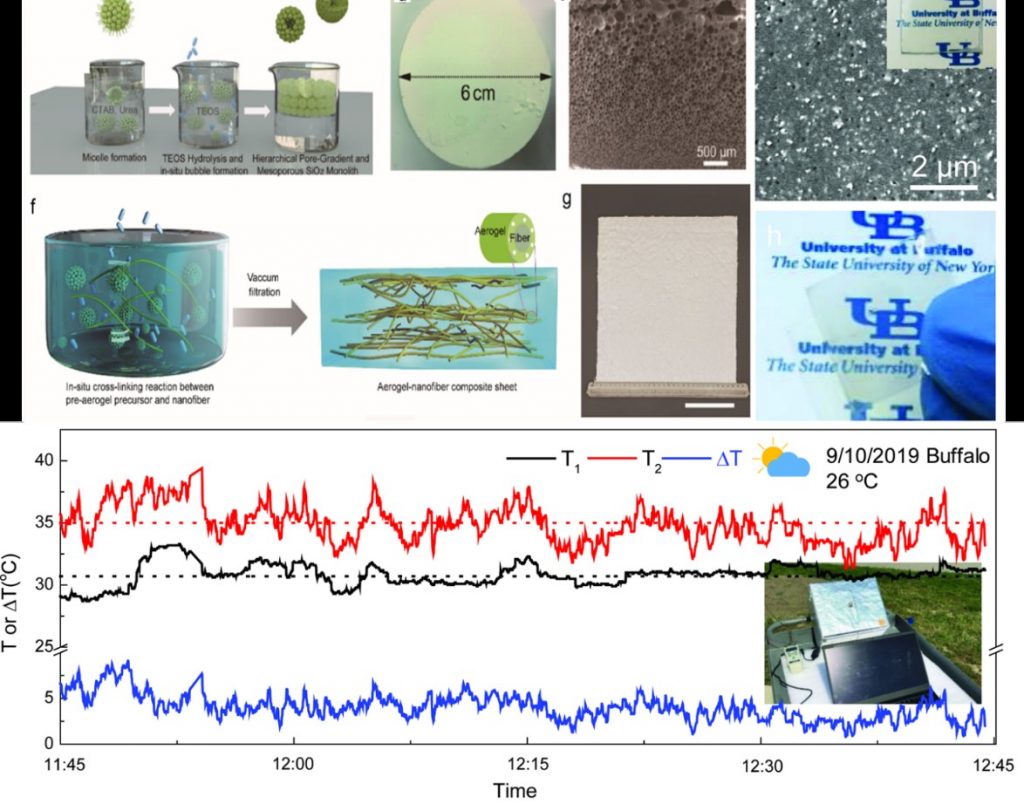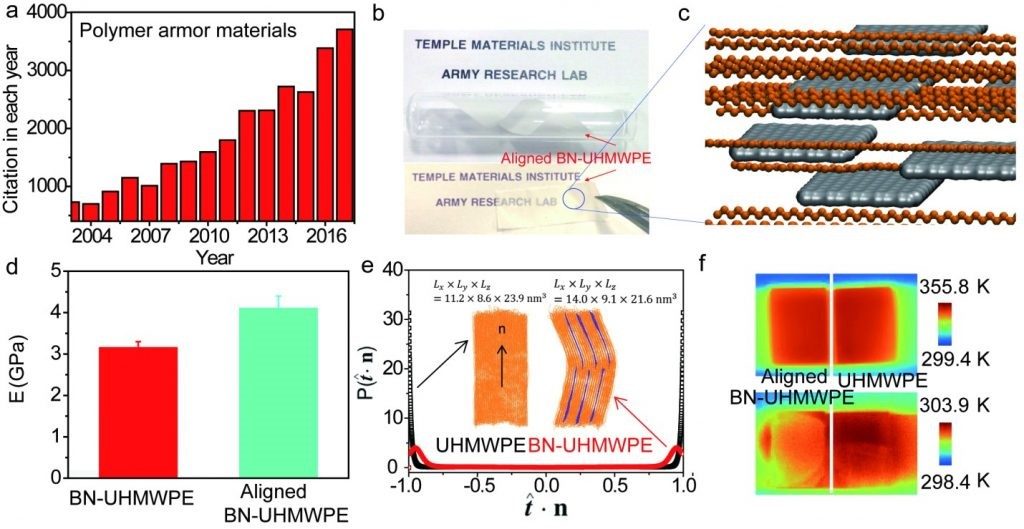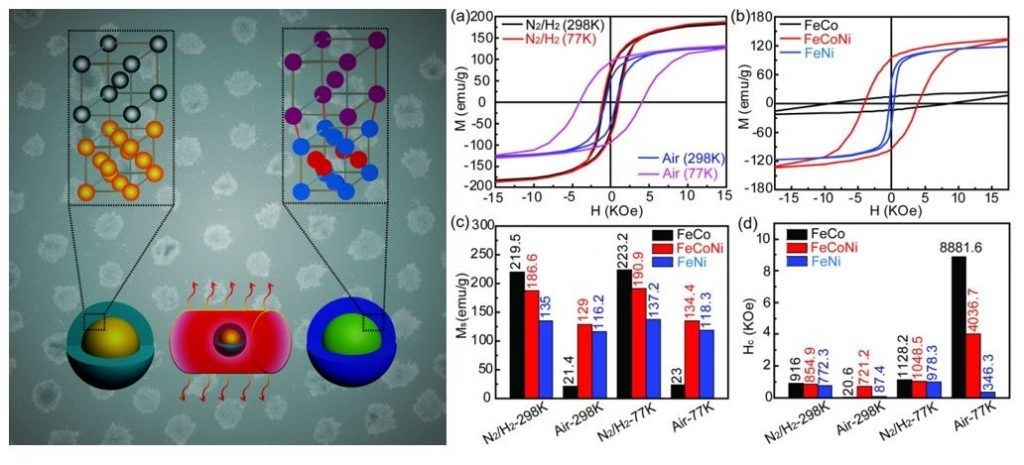Materials design and assembly of strongly correlated electronic crystals for unusual magnetic, electronic and ferroic properties
The hierarchical self-assembly of complex nanostructures from simpler building blocks is often driven by non-bonded vdW forces – quantum mechanical phenomena that are ubiquitous in nature and arise from electrodynamic correlations between instantaneous charge fluctuations in matter. These non-covalent interactions have an influence that extends well beyond binding and lattice energies, and encompasses the structural, mechanical, spectroscopic, and even electronic signatures of condensed matter. As such, even slight variations in the magnitude of these interactions can impact the observed properties and functionality of a given organic material. This combined theoretical and experimental project seeks to establish a new class of organic functional materials by tuning the complex interplay between dimensionality, topology, intermolecular interactions, and vdW forces occurring in the complex self-assembly process. The emphasis is framing the design principles underlying the growth of vdW-bound 2D and 3D molecular electronic crystals that consist of chemically and electronically distinct donor and acceptor molecules with specific and directional intermolecular interactions, where Structure | Composition | Property relationships will be uncovered in this project.

The other emphasis of this project is tunable control over the emergent properties for this new class of strongly correlated molecular crystals across the optical, electronic, magnetic, and mechanical energy domains (high temperature conductors, superconductors, magnets, and multiferroics). In this regard, these vdW-bound molecular crystals combine two or more physical properties in the same lattice. Furthermore, by exercising control over the size, shape, and charge states of the molecular building blocks, one can confine this novel functionality within a given dimension or across the entire 2D or 3D crystals. This class of molecular materials can also absorb and exchange energy through different physical mechanisms, tunable charge-transfer and tenable vdW interactions controlled by phase transition and chemical combinations, which is far different from short-range or amorphous phases. The emergent physical properties (e.g., room temperature ferroelectricity, magnetism, superconducting, multiferroics, and light-matter coupling properties) of these molecular crystalline materials are investigated using unique real-time capabilities at a high spatial & temporal resolution.

Lightweight bioinspired materials with thermal management – Superinsulation ceramic aerogels, and Thermally conductive polymer armors
Ceramic aerogels have attracted the extensive interests due to its ultralow thermal conductivity for the use in extreme temperature environments. Such high thermal insulation is derived from its mesoporous microstructures, high porosity, and low density. Highly porous aerogel material is generally formed through a sol-gel process, including hydrolysis/gelation, aging, and drying. The objective of this project is to explore bioinspired manufacturing of mechanically robust superinsulation ceramic aerogel materials (both transparent and opaque aerogels) under physiological conditions.

Ultra-high molecular weight polyethylene (UHMWPE) is a linear homo-polymer bearing -(CH2-CH2-)n – as the repeat unit and having an average molecular weight more than 3.1 million g/mol (n ≈ 110,000 monomeric units). Its superior mechanical properties derive from the enormous number of covalently linked monomeric units giving rise to UHMWPE. Despite weak van der Waals interactions between polymer chains, the presence of a large amount of aligned overlaps between neighboring chains can lead collectively to high intermolecular strength. Due to its excellent mechanical properties, chemical stability and effective impact load damping, UHMWPE derived materials have been extensively used in military armor, and orthopedic bearing materials, etc. The mechanical and thermal properties of UHMWPE materials are inextricably linked to their crystalline organization. Bulk UHMWPE is primarily comprised of crystalline domains, which are bridged by nanoscale amorphous. Towards the above objectives, we explored the UHMWPE based matrix for its high thermal conductivity, excellent mechanical properties, low coefficient of thermal expansion, nontoxicity, and high electrical resistivity over a wide range of operating temperatures.
High-temperature materials and inks manufacturing of flexible hybrid electronics for use in extreme environments
The ever-increasing need for high-throughput electronic device miniaturization demands the printing of flexible hybrid electronics without sacrificing performance, lightweight and conformability. In this context, a number of conformal electronic device components are required to operate at high temperatures, for use in fields such as hypersonics, without sacrificing their light-weight and flexible natures. Such high-temperature operation poses significant material challenges. To overcome these challenges, high-temperature functional materials have to be explored in manufacturing the electronics. The aforementioned challenges compel us to seek out new high temperature conductors capable of carrying a large amount of electric current and also dissipate the excessive heat in an efficient manner so as to maintain the reliability of printed electronic devices. Central to the aforementioned printed electronics is the development of an electrically conductive ink and flexible substrates, targeting to high-temperature range (~ 1,300 oC).

REDOX reduction and manufacturing of rare-earth-free high energy product magnets
The energy product of spring magnets is partially dictated by the magnetocrystalline anisotropy of hard magnetic component (the current supermagnets are primarily based on Rare-Earth based alloys). Replacing non-sustainable and strategically undesirable rare-earth elements is one of the most critical challenges. This project investigates sustainable rare-earth-free alloy nanomagnets (hard magnets) by using metal-redox reduction approach to stabilize and control nanostructures for high energy product nanomagnets.
